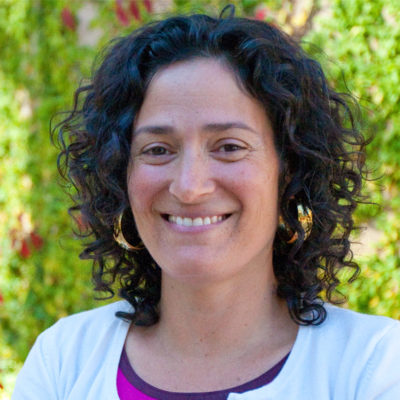America Is Phasing Out The Federal Use Of Private Prisons
Summary
DURING the third season of “Orange is the New Black”, a Netflix series about female jailbirds, the federal facility housing the protagonist felons is taken over by a private prison company. Life at Litchfield penitentiary, never a walk in the park, quickly deteriorates as cartoonishly crass executives cut costs and crowd the prison to maximise profits. This fictional turn of events isn’t so far from reality. Over the past two decades, the Federal Bureau of Prisons has signed contracts with corporations to help accommodate inmates in the country with the largest prison population in the world. Of the 2.3m people behind bars in America, 193,000 are serving time in federal prisons. And of those, around 22,000 are housed in facilities run by for-profit companies.
On August 18th, Sally Yates, the deputy attorney-general, issued a curt memo announcing that the Department of Justice would begin limiting its dealings with private prisons. Three years ago, she noted, when America’s prison population was at its peak, private prisons filled an important gap, helping to relieve overcrowding in federal facilities. But since 2013, the number of federal prisoners has fallen by about 13% and the number of private-prison inmates has fallen by nearly a quarter. With these declines, Ms Yates noted, deal-making with private prison companies has become less urgent. The for-profit prisons are also problematic. “[T]ime has shown that they compare poorly to our Bureau faciliites”, she wrote. The private prisons lack similar “correctional services” like “educational programmes and job training” and “do not maintain the same level of safety and security”.
…
The change in policy is a blow to the prison industry, but it hardly sounds a death knell for its business model. Plenty of private prisons with offloaded inmates from state-run facilities dot America. Around 100,000 state inmates are housed in for-profit institutions overall. Debbie Mukamal, executive director of the Stanford Criminal Justice Centre at Stanford Law School, thinks states will “take notice” of the change in federal policy but may not have “viable alternatives” in place to reduce dependence on private corporations. “You can’t build state prisons overnight”, she says. And the bigger question, Ms Mukamal notes, is whether the Department of Homeland Security (DHS) will take the department’s lead. There is a daily average of about 34,000 immigrants detained or awaiting deportation, and 25,000 of those are held in facilities run by for-profit companies.
Read More
